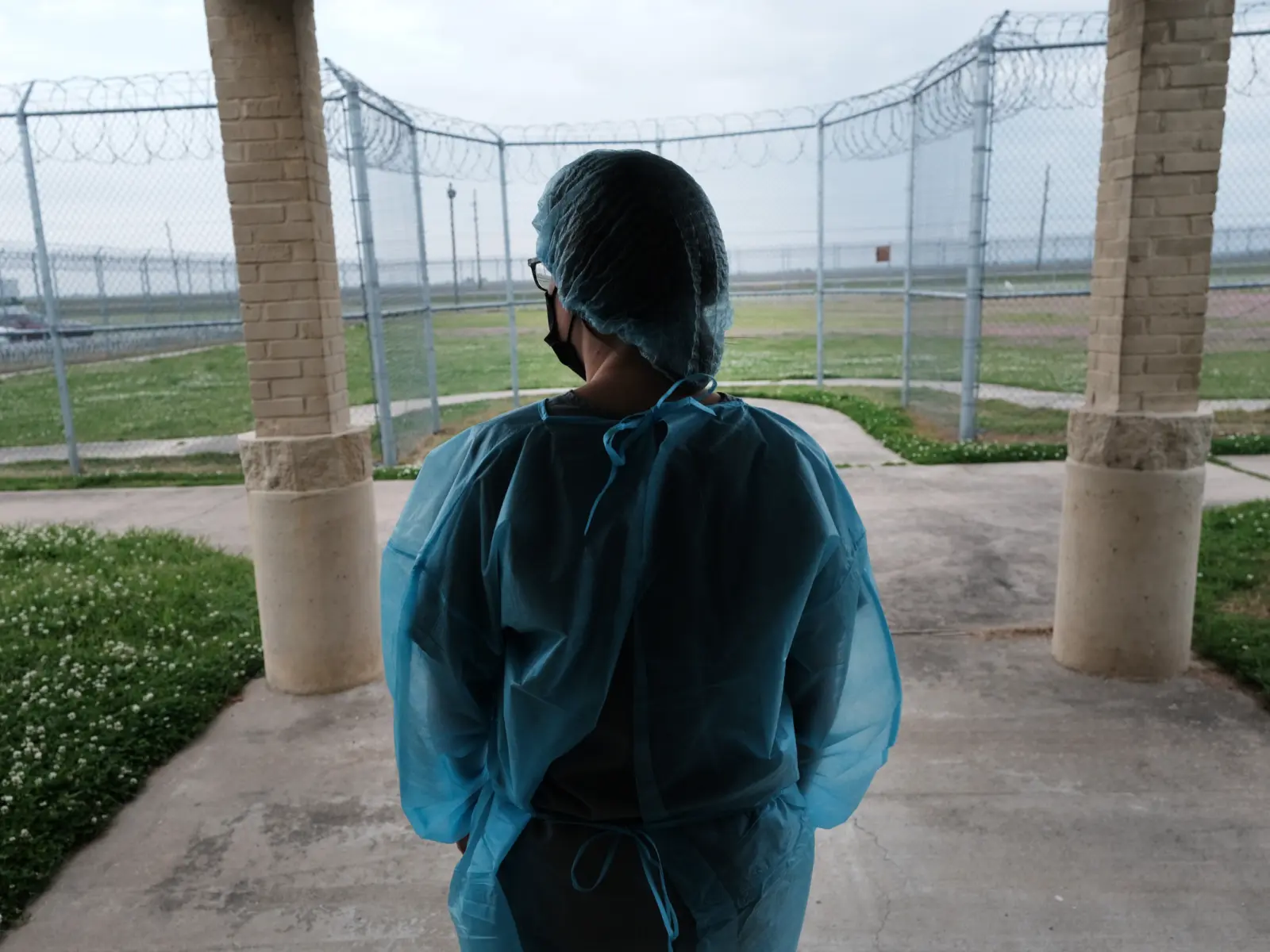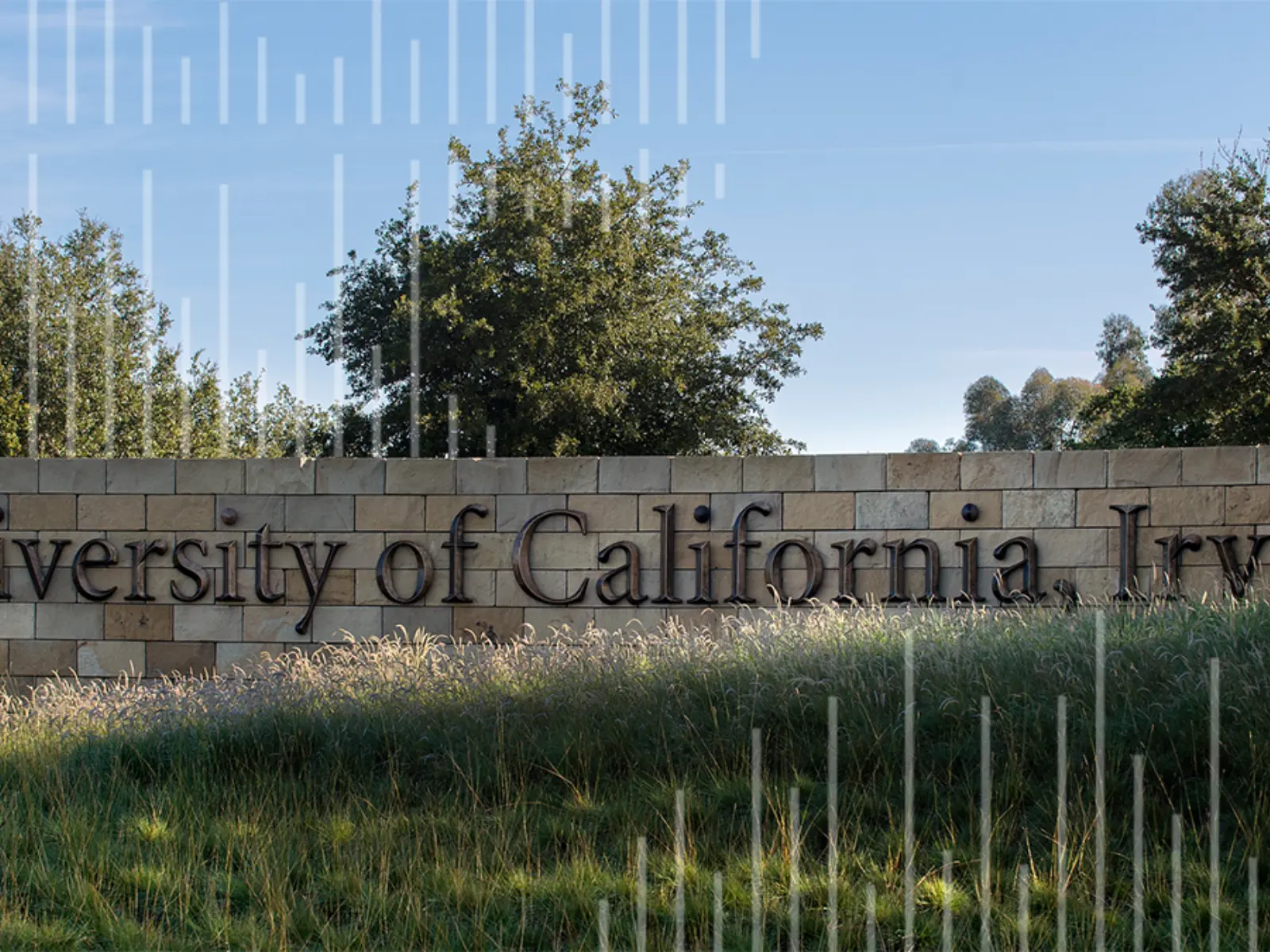A core goal of our criminal justice system is to solve crimes and provide closure and justice for victims. However, the current reality is that just half of all homicides and an even smaller proportion of nonfatal shootings are solved. Worse, these trends have been deteriorating in recent years.
Now reform advocates, with support from Arnold Ventures (AV), are making efforts to address this unfolding crisis and strengthen assistance for crime victims. This includes providing data to states to inform policymakers about the extent of the problem, advancing federal legislation to bolster resources for solving homicides and nonfatal shootings, and expanding access to victim services.
“The next dollar spent on public safety should be on solving crimes and producing higher clearance rates,” says Kevin Ring, vice president of criminal justice advocacy at AV. “That should be the priority of cities and states. But you don’t hear enough conversation about this, and I don’t think the public knows how low clearance rates actually are. So, it’s a problem that’s ripe for study, understanding, and solutions.”
Clearance rates — the percentage of reported crimes that lead to an arrest — have fallen in big cities, suburbs, and rural areas alike, and regardless of whether Democrats or Republicans are in political control. The cause of this decline remains unclear. But advocates and policymakers across the aisle agree that solving cases is tremendously important — especially homicide cases.
“These are crimes where people are shooting and causing physical violence,” says Ring. “If we’re not catching them, they’re still on the street, and we’re all less safe as a result.”
When violent crimes go unsolved, it disproportionately affects historically disadvantaged communities of color. The homicide rate has nearly doubled for Black victims since 2014, growing to eight times that of white victims, and these murders are twice as likely to go unsolved.
In the absence of justice from the state, people take measures to protect themselves, leading to retaliatory cycles of violence. Research shows that 37% of men who carry guns have been victims of shootings themselves and own weapons for self-defense; and only 10% believe that they will be arrested if they shoot someone.
“There’s a vicious circle here,” says Ring. “When we don’t solve violent crimes, we communicate to people and communities that their lives don’t matter. As a result, they’re less likely to trust law enforcement and cooperate on solving future crimes.”
Making State-Level Systems More Just
The Council of State Governments (CSG) Justice Center has been working to address this problem by analyzing violent crime and clearance rate data and sharing it with state leaders through conferences, one-on-one meetings, messages to local public safety officials, and legislative briefings.
In Arkansas, for example, CSG Justice Center worked with policymakers to help them understand their violent crime and clearance data. The state faced a significant increase in homicides over the past decade, but the majority of these crimes were going unsolved. Additionally, only 39% of violent crimes as a whole resulted in arrest. This was a news flash to Arkansas policymakers, who were working on bills to increase prison sentences as a response to violence.
“They could lengthen sentences, but the state’s justice system had done a lot of work to increase the length of punishment people were receiving,” explains Marshall Clement, deputy director of CSJ Justice Center. “What they weren’t aware of was the fact that the likelihood of being arrested in the first place was going down.”
Working with the data provided by CSG Justice Center, Arkansas lawmakers drafted a bipartisan bill to address the low clearance rate. In 2023, Republican Governor Sarah Huckabee Sanders signed that bill into law, creating new funding to increase resources for local homicide investigators, focus on violent crime hot spots, and implement strategies that rely on collaboration between law enforcement, social service providers, and community leaders.
Policymakers are raising questions about how they can support more accountability, and they’re coming up with a range of options.Marshall Clement deputy director of Council of State Governments Justice Center
CSG Justice Center is also providing data to several other states that will help them consider new policies to increase homicide clearance. Two examples are Tennessee and Ohio, both of which are now making investments in crime labs and investigation.
The organization’s Justice Data Snapshots contain national and state-specific analysis from over 60 sources. Based on this information, another state, Utah, recently established a statewide cold case unit to investigate cases that local agencies have been unable to solve. And Maryland is looking to improve its victim compensation program so that victims of violent crime are receiving the support they need during investigations.
“It’s a trend we’re seeing around the country,” Clement says. “Policymakers are raising questions about how they can support more accountability, and they’re coming up with a range of options.”
Evidence-Based Federal Policies to Reduce Harm
Advocates are also working at the federal level to increase clearance rates. In recent years, the Niskanen Center, an organization that uses evidence to address criminal justice and other public policy issues, has been seeking interventions on this issue that will appeal to a bipartisan group of lawmakers.
“Impunity for homicides and nonfatal shootings — the idea that someone can engage in violent behavior that leads to injury or death and simply get away with it — is a huge problem with tremendous social costs,” says Greg Newburn, director of criminal justice at Niskanen. “We wanted to find ways to reduce those harms.”
Newburn points to three major reasons why improving clearance rates should be a leading policy priority. First, victims’ families suffer terrible pain and trauma, and there’s inherent value in delivering justice. Second, improving clearance rates increases the likelihood of catching and incapacitating murderers and would-be murderers — meeting a core obligation of the state to protect people and communities from violence. Finally, solving violent crimes sends a signal to people who might otherwise engage in violent behavior that they can’t get away with it. That, in turn, decreases violence.
To learn what evidence-based policies could improve clearance rates, Niskanen consulted the research literature and talked to practitioners. They found that law enforcement agencies were facing a lack of resources for homicide detectives, and that increasing these resources could lead to better outcomes.
Niskanen worked with lawmakers to create the Violent Incident Clearance and Technological Investigative Methods (VICTIM) Act, a bipartisan bill introduced by Sens. Cory Booker of New Jersey and John Kennedy of Louisiana, and co-sponsored by Sens. Dick Durbin of Illinois and Thom Tillis of North Carolina, as well as U.S. Reps. Don Bacon of Nebraska and Dwight Evans of Pennsylvania. The bill would create a grant program through the U.S. Department of Justice, authorizing the appropriation of $360 million that would be given directly to law enforcement agencies to hire, train, and retain homicide and nonfatal shooting investigators, upgrade evidence-processing technology, and provide victims and family members with resources, including mental health treatment, grief counseling, funeral expenses, and emergency assistance.
Amount the VICTIM Act would commit to further resources for law enforcement agencies and the families of victims
“Homicide impunity affects victims’ families in all kinds of ways in their day-to-day lives, and it’s heartbreaking,” Newburn says. “That’s a real social cost that can be reduced if we can improve our ability to catch people who are causing this harm.”
Supporting Victims and Families
For many advocates, supporting shooting victims and family members of homicide victims is a particular focus, one that has not received adequate attention in the past. Alliance for Safety and Justice (ASJ), a nationwide public safety organization, makes a practice of listening to what victims and survivors of violence want.
That practice has led them to prioritize increasing access to victim services, often for people who have, in the past, been excluded from those services or received limited help from the justice system. To that end, ASJ created one of their flagship programs, Crime Survivors for Safety and Justice (CSSJ), a network of 200,000 members across the country.
“We’re not only building community and bringing survivors together, but we have also been trying to shift away from punitive measures in the justice system,” says Aswad Thomas, vice president of ASJ and national director of CSSJ. “Safety looks like more victim services, more real rehabilitation, more reentry programs, all as a way of helping to stop cycles of community violence.”

As a survivor of gun violence himself, Thomas speaks from personal experience. In 2009, shortly after graduating from college, he was shot twice in the back during a botched robbery attempt in his hometown of Hartford, Connecticut. The shooting cut short his promising professional basketball career and nearly ended his life. Yet, after he was discharged from the hospital, he returned to his neighborhood with no support, no follow-up from the health care system, and no information about victim services or compensation. Several of Thomas’s family members have been victims of gun violence. And during the course of his life, he has lost more than 40 friends to shootings. The majority of the cases went unsolved, he says.
“What I hear from survivors is that they often go months or years without getting any information about their case,” Thomas says.
Now, in his role at ASJ, Thomas travels the country speaking with victims of violence, and advocating for the policies they want to see. ASJ found that nearly 90% of victims don’t access victim services, and 96% don’t access victim compensation.
This work is about real human beings who have not been protected from harm.Aswad Thomas vice president of Alliance for Safety and Justice and national director of Crime Survivors for Safety and Justice
The organization has now supported changes to victim compensation programs in 12 states. In Florida, for example, ASJ supported a new law to extend the time period during which victims can file for compensation. ASJ has also worked on reforms to strengthen state-level housing and employment protections for a wide range of crime victims, including victims of gun violence and their families. Additionally, ASJ has helped to expand the use of trauma recovery centers, one-stop facilities that provide wraparound services to victims of violent crime — and there are now 52 such centers across the country.
Victim-centered policies of this kind represent an important complement to other criminal justice reforms and foster greater accountability for homicides and nonfatal shootings.
“This work is about real human beings who have not been protected from harm,” Thomas says. “Families are dealing with grief, depression, and the long-term battles that come with losing a loved one to violence, or becoming a victim of violence themselves. They need support not just from the criminal justice system but from victim services providers as well.”




















